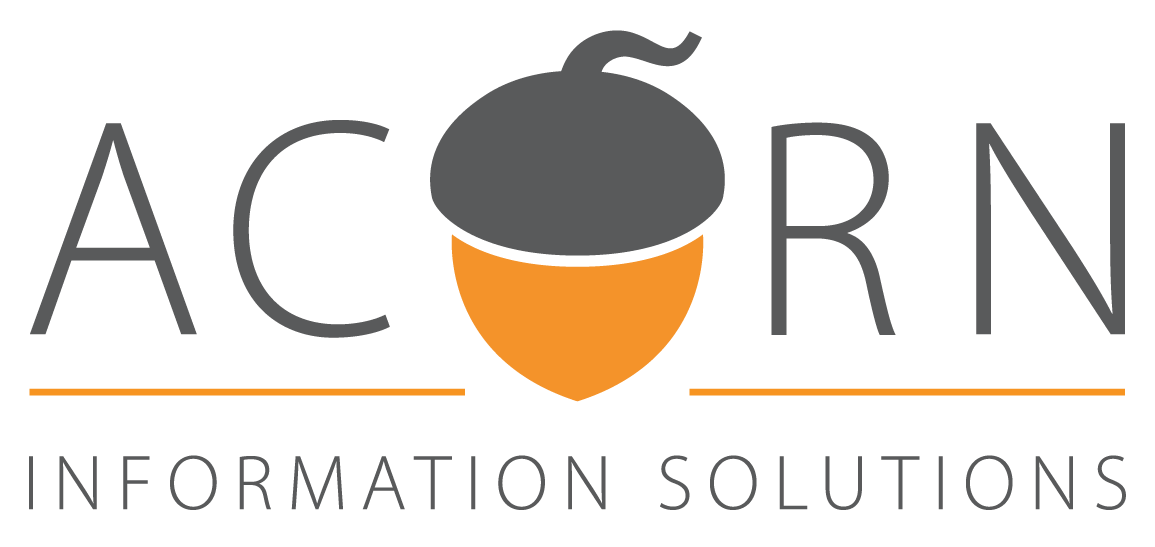The Curious Discovery of a Potentially Lethal Virus in One of the Most Unlikely Places
A routine search for potential tripping hazards turned into the discovery of a network of mosquito breeding grounds.
The Challenge
Since the first case of West Nile Virus infection was detected in Canada in Ontario in 2002, the spread of this virus and the vectors that carry it has been a public health concern. To protect health at the community level, public health conducts West Nile Virus surveillance and takes preventative action where possible to control the mosquito vectors responsible for its spread. The virus, which originated in birds in Africa spread to North America in 1990 and can be transmitted to humans by mosquitos after biting affected birds. The presence of this potentially lethal virus in Canada became a growing public health concern in Sault Ste. Marie.
The Solution
To help identify spatial patterns related to the risk of West Nile Virus, Sault Ste. Marie’s local public health agency, Algoma Public Health (APH) enlisted Acorn to map and track West Nile test results for mosquitos and birds. Simultaneously, Acorn was conducting an unrelated project for the local utility, identifying and cataloguing potential tripping hazards presented by water and electrical infrastructure like underground transformer vaults. These vaults were installed in the 1970s to hide unsightly electrical groundwork to improve the look of residential neighbourhoods.
Acorn’s preliminary work for the local utility included field investigations and capturing images of tripping hazards that would later be entered into the CIU. During this work, staff noticed a number of mosquitos emerging from underground transformer vaults. Staff notified APH and when larvae dipping tests were completed, it was determined that these vaults had become ideal breeding grounds for mosquitos. Conditions for breeding were attributed to the absence of drains in underground vaults and the pooling of rainwater which remained stagnant.
APH approached the city’s Public Works and Transportation division and had the vaults treated with larvicide. A month after treatment, mosquito larvae were not detected in 94 per cent of underground vaults. It was recommended that treatment continues biannually.
Benefits
The rapid response to the discovery of West Nile Virus in underground electrical infrastructure is a shining example of how multi-enterprise data and the CIU epitomize the smart-city data solution. Sharing data, resources, and tools between APH, the local utility, Acorn and the City quickly eliminated a serious health risk to citizens.
“It was a unique way of solving the problem. We could marry our knowledge of disease control with physical infrastructure and have this come to light. This is the beauty of our GIS and how we can use it to quickly address issues concerning public safety."
~ John Bouma, Manager of Infectious Diseases, Algoma Public Health




